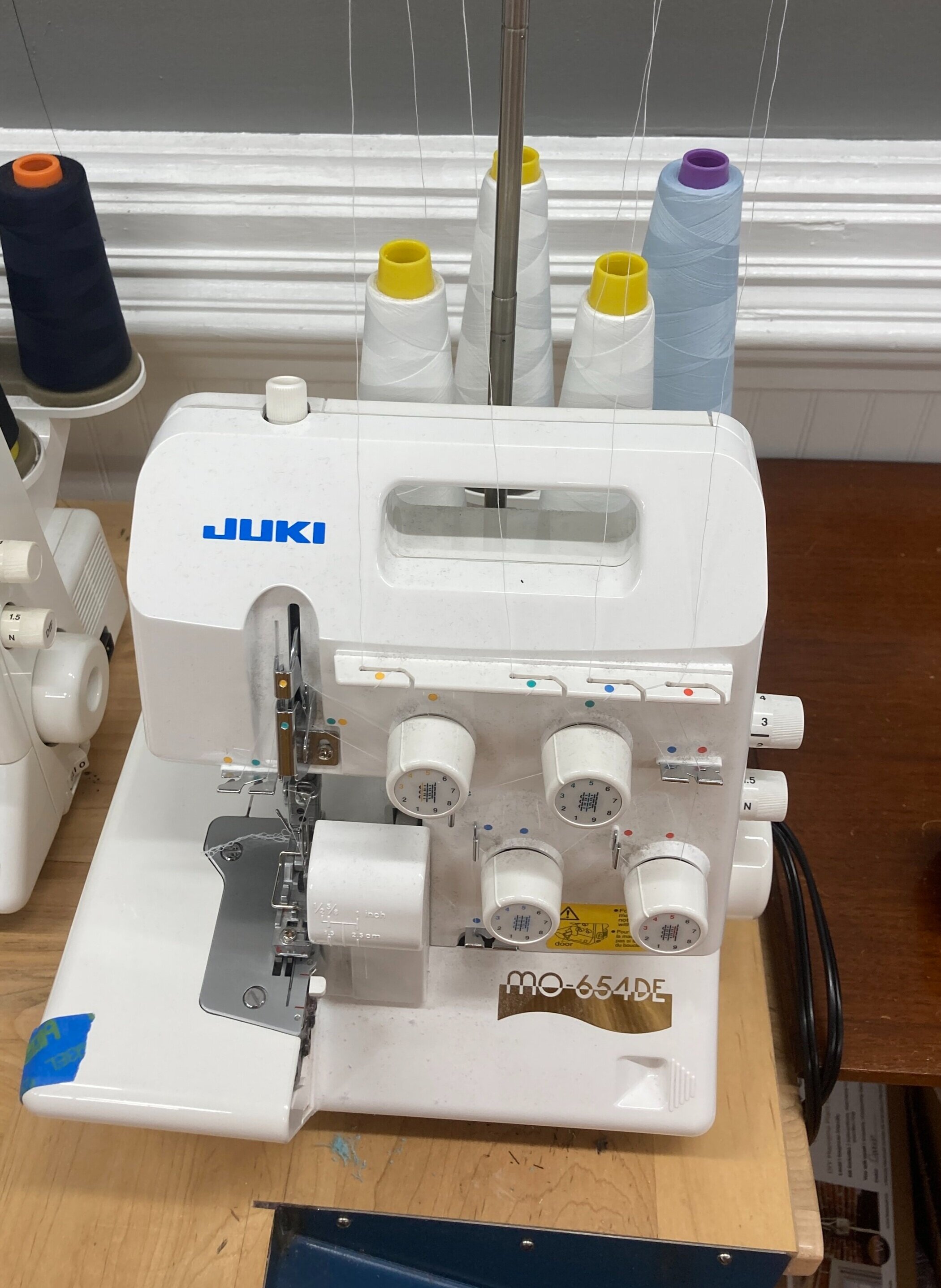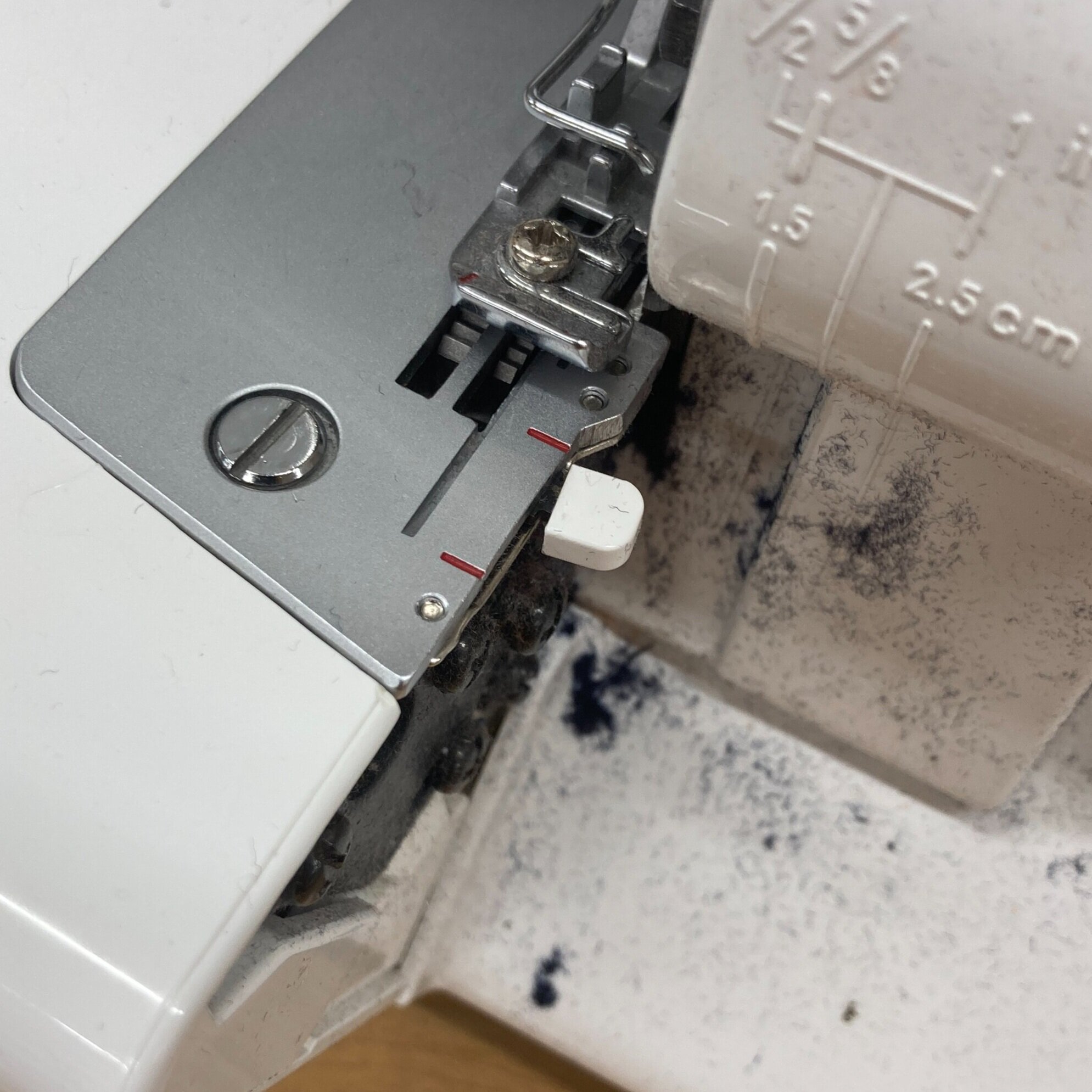Do I need a serger?
As the owner of a sewing shop, I hear all sorts of things about people’s sewing machines, and more than once someone has asked me if I think they need a serger. So, I thought I’d share my thoughts.
Very few people need a serger. This goes along with my thought that very few people need a sewing machine that does more than sew forward and reverse. Most people can get by with a straight stitch sewing machine, though many people like to have more features.
Sergers cost money and take up space. If you’re thinking about a serger, is it in your budget and where will you put it? It will also use different thread, and more of it (3-4 spools), than your regular sewing machine.
There’s a learning curve with sergers. Countless people get a serger but never learn to use it OR who receive a serger from someone who never used it. So think about whether you want to learn the new machine. Most new sergers are not as challenging to use as the older models, and there are self-threading ones available, at a cost.
Some sewists feel sergers make their projects look more “professional” and less “homemade.” I’d say this is debatable. You won’t see serged seams in high fashion. Bound seams and French seams are exceedingly sturdy, though they take more time than serging.
You don’t need a serger to sew knits. It is nice to have but any sewing machine with zig-zag functionality will sew knit fabric and many modern sewing machines have stitches built in specifically for knit fabrics.
Thread options
Why do I have a serger, then?
Save time. I love a good French seam or flat-felled seam but don’t often want to take the time to finish seams this way when I can quickly run them through the serger.
Easy for sewing knits. I do most of my sewing on an old straight-stitch sewing machine that doesn’t have zig-zag, so the serger is often the easiest solution for sewing knits.
Additional features like rolled hems.
Simplifies finishing seams. Sometimes I serge all edges after I cut out a pattern—this makes it a bit quicker to sew up and also protects the edges from fraying in case I’m not able to sew it up right away.
Don’t forget to clean the lint!



